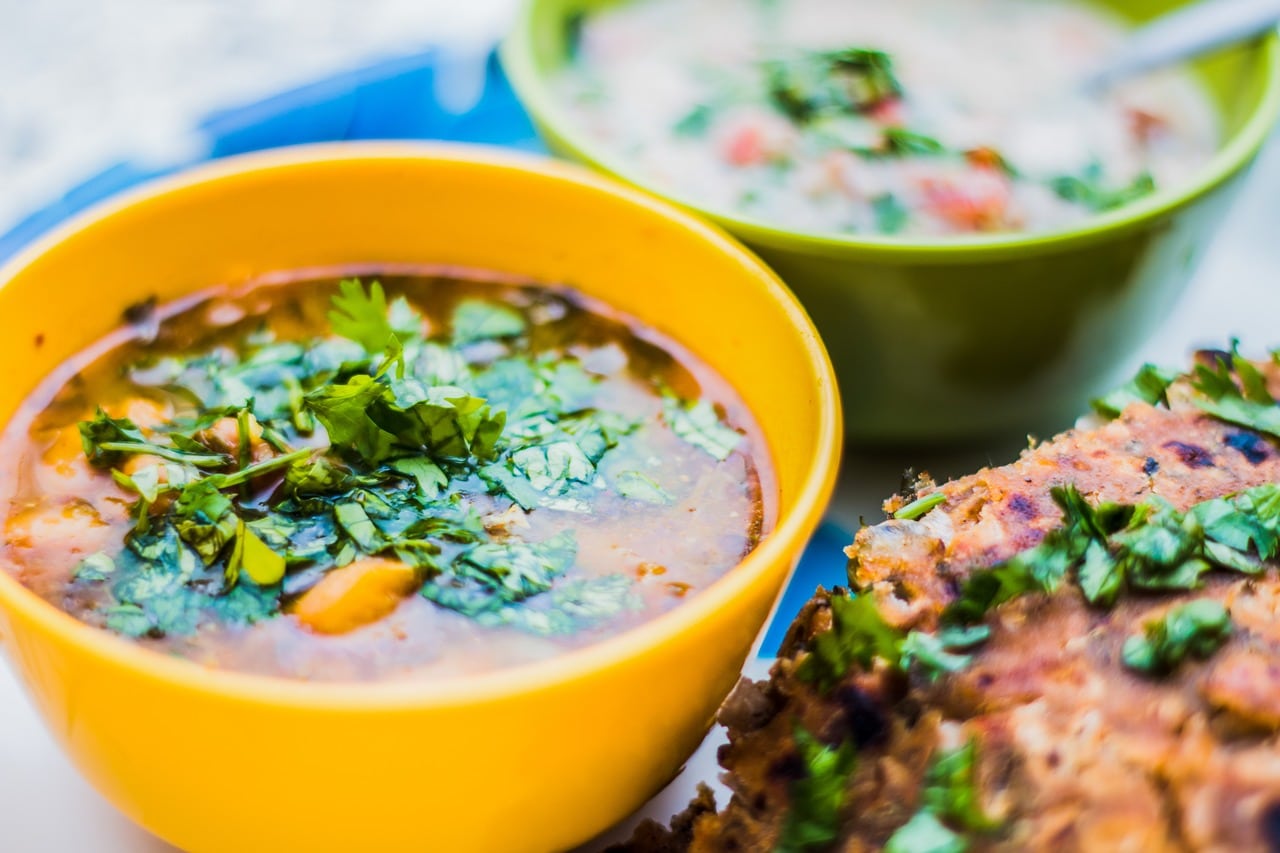Secrets of Indian vegetarian cooking

Despite the growing popularity of vegetarian and vegan dietary choices, many still believe that a plant-based diet lacks variety and flavor. However, Indian vegetarian cooking could change your mind with its vast array of mouth-watering dishes, diverse flavors, and an explosion of spices. This article will demystify the world of Indian vegetarian cooking, and will arm you with information about the key spices, famous recipes, and recommended books to enrich your culinary journey.
The Role of Spices in Indian Vegetarian Cooking
At the heart of Indian cooking are the myriad spices that create a symphony of flavors. These spices are not merely added for taste, but they also lend their medicinal properties to the dishes, promoting the overall health and well-being of those who consume them.
A lire également : The art of breakfast: recipes to start your day right
Turmeric
One essential spice that you will find in every Indian kitchen is turmeric. Known for its warm and bitter taste, turmeric has potent anti-inflammatory properties and is a rich source of antioxidants.
Cumin
Cumin is another spice that is critical to Indian vegetarian cuisine. With its robust and earthy flavor, cumin aids digestion and is a rich source of iron.
Cela peut vous intéresser : The art of breakfast: recipes to start your day right
Coriander
Coriander, both in seed and leaf form, is widely used in Indian vegetarian cooking. The seeds have a lemony citrus flavor when crushed, while the leaves impart a distinctly fresh, herbal taste to the dishes.
Garam Masala
Garam masala is a blend of several spices, typically including cumin, coriander, cardamom, cinnamon, cloves, and black pepper. It is the signature spice mix of North Indian cuisine and adds a warming, sweet flavor to dishes.
Madhur Jaffrey and Her Impact on Indian Vegetarian Cuisine
Madhur Jaffrey, often referred to as the queen of Indian cooking, has made a significant contribution to bringing Indian vegetarian cooking to the global stage. Born in Delhi, India, Jaffrey has authored numerous cookbooks, hosted many cooking shows, and has won several awards for her work, including the James Beard Foundation Award.
One of her best-known books, "Vegetarian India", is a comprehensive guide to Indian vegetarian cooking, covering a variety of regional cuisines and featuring recipes that range from simple everyday fare to elaborate festive meals. The book is a testament to India’s diversity, with dishes from each of its states and territories. It also provides valuable insight into the role of spices in Indian cuisine, how they are combined, and the health benefits they offer.
Mastering Indian Vegetarian Recipes
Dal Tadka
Dal Tadka is a staple dish in Indian cuisine, made of lentils cooked with turmeric, chili powder, and garam masala, and finished with a ‘tadka’ or tempering of cumin seeds, garlic, and dried red chilies.
Chole Bhature
Chole Bhature is a popular North Indian dish. The ‘Chole’ or chickpea curry is prepared with a host of spices including cumin, coriander, and garam masala, while ‘Bhature’ is a deep-fried bread made from maida or refined flour.
Palak Paneer
Palak Paneer is a nutritious North Indian curry made with spinach and paneer, an Indian cheese. The spinach is blanched and pureed, then cooked with cumin, garlic, garam masala, and other spices, before paneer cubes are added.
Best Books on Indian Vegetarian Cooking
If you seek a deep dive into the delectable world of Indian vegetarian cuisine, several books offer comprehensive guides. Aside from Madhur Jaffrey’s offerings, there are other authors who have made significant contributions to bringing Indian vegetarian recipes to the world.
"660 Curries" by Raghavan Iyer
This book is a treasure chest of Indian vegetarian recipes. The author, Raghavan Iyer, has meticulously compiled 660 different curries, providing a vast array of choices that showcase the variety and complexity of Indian vegetarian cooking.
"The Indian Vegetarian Cookbook" by Pushpesh Pant
Well-known Indian food historian Pushpesh Pant offers a collection of recipes that highlight the diversity of India’s regional cuisines. The book is beautifully illustrated, making it a joy to read and a great addition to any cookbook collection.
And so, whether you’re a seasoned cook looking to broaden your culinary horizons, or a beginner exploring the world of vegetarian cuisine, Indian vegetarian cooking offers an exciting journey of flavors. With a basic understanding of the spices used, and with the help of the excellent resources available, you will be able to create a feast that pleases the palate and benefits health. So go ahead, add a bit of Indian spice to your kitchen, and relish the journey, one delicious bite at a time.
Unveiling Street Food: The Hidden Secret of Indian Vegetarian Cuisine
Street food is an integral part of Indian cuisine and is often the best way to discover authentic flavors. Indian street food is diverse, vibrant and capable of offering a unique culinary experience that you can’t find anywhere else. The variety is outstanding, from simple snacks like samosas and chaats to more substantial dishes like dosas and pav bhajis.
Pani Puri
This popular Indian street food, also known as golgappa, consists of a round, hollow puri filled with a combination of flavored water (pani), tamarind chutney, chaat masala, potato, onion, and chickpeas. Pani puri is bite-sized, flavorful and perfect for snacking.
Aloo Tikki
Aloo Tikki is another beloved street food. It’s made from boiled potatoes and spices, shaped into patties, and then shallow-fried. This dish is often served with various chutneys and a side of chickpea curry.
Dosa
Originating from South India, dosa is a type of pancake made from a fermented batter consisting of rice and black lentils. It’s served hot, often with a filling of potatoes and spices, and accompanied by chutneys and sambar, a lentil soup.
Conclusion: The Allure of Indian Vegetarian Cooking
The secrets of Indian vegetarian cooking lie in its diversity, the skillful use of spices, and the ability to create rich, flavorful dishes without the need for meat. The variety of flavors and textures is immense – from the heat of black pepper and the tingling sensation of garam masala, to the comforting consistency of dal; from the crispiness of dosa to the softness of paneer.
Whether it’s the iconic books by Madhur Jaffrey, the street food that offers a taste of real India, or the traditional dishes lovingly prepared in homes, Indian vegetarian cuisine is a testament to the creativity and resourcefulness of Indian cooks. Its popularity worldwide further underscores its universal appeal.
In conclusion, exploring Indian vegetarian cuisine can be a rewarding adventure. The key to mastering it lies in understanding the subtleties of each spice and the way they interact. As you journey through the world of Indian vegetarian cooking, remember to enjoy the process. Use a pressure cooker to infuse your dishes with flavor, add water judiciously to balance your curries, and don’t forget the mustard oil for that authentic touch. Even if you’re not vegetarian, the world of Indian cuisine offers a chance to broaden your culinary horizon. So, what are you waiting for? Dive in and discover the secrets of Indian vegetarian cooking for yourself!
